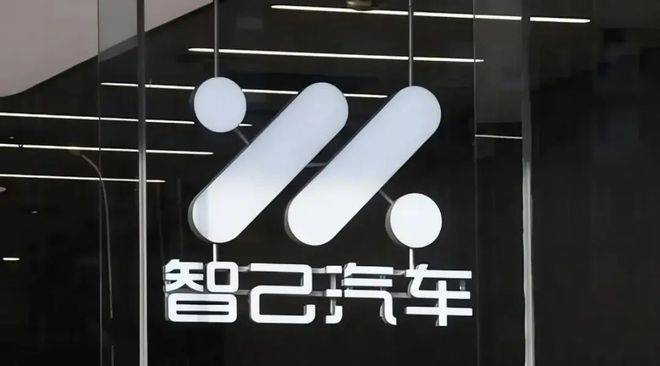SAIC's net profit plunges by 93.53%, should 'IM Motors' really take the blame?
![]() 11/11 2024
11/11 2024
![]() 425
425
At the end of the golden autumn of October, SAIC Motor's third-quarter report was released like a bombshell, shocking the entire automotive industry. The net profit declined by 39.45% in the first three quarters, and a devastating 93.53% drop in net profit was experienced in the third quarter. This report card undoubtedly poses an unprecedented challenge for the new Chairman Wang Xiaoqiu and President Jia Jianxu, who have only been in office for three months.

SAIC Motor's predicament did not form overnight. From a year-on-year decline of 2.48% in net profit in the first quarter, to 6.45% in the first half, and then a cliff-like drop in the third quarter, SAIC's performance has been on a downward slide. Sales figures are even more alarming, with both total production and sales declining by more than 20% year-on-year in the first three quarters, and the decline in sales from July to September was even higher than that in the first half, undoubtedly casting a shadow over SAIC's future.
Faced with such a severe situation, SAIC Motor partially blames its subsidiary IM Motors. However, is this really just IM Motors' problem?
Although IM Motors' sales increased by 147.96% year-on-year, its average monthly sales are only slightly over 4,000 units, which obviously cannot support the future of SAIC Motor. What's more puzzling is that IM Motors' products are not low in cost-effectiveness, and their design and technology are also quite competitive, but why is there little buzz around the launch of new vehicles and sluggish sales? Perhaps there are deeper issues hidden behind this.
Channels, marketing, and personnel management, these seemingly insignificant aspects often determine the final market performance of a product. Whether IM Motors has shortcomings in these areas, whether it lacks sufficient market insight and execution, are all questions worth pondering. And as the parent company, whether SAIC Motor has provided sufficient support and guidance is also worth discussing.
In addition, SAIC Motor is also facing the dilemma of sluggish development of its independent brands. The once-proud Roewe brand has now fallen into the quagmire of declining sales. Meanwhile, Feifan Motors has been silent for a long time, and its current status is unknown to the outside world. This inevitably raises questions about whether SAIC Motor's layout in the new energy vehicle sector is too conservative and lacks sufficient innovation and competitiveness.
Meanwhile, competitors are constantly moving forward. Huawei Intelligent Driving has firmly established itself in the first tier with its strong capabilities and expanded its cooperation scope. Automakers such as GAC Motor and BYD have also collaborated with Huawei to explore the future of new energy vehicles. However, SAIC Motor seems to be clinging to past beliefs, attempting to compete with Huawei through independent research and development. However, reality has given SAIC a loud slap in the face.
SAIC Motor's predicament is not just a matter of declining performance, but a comprehensive reflection of issues in strategic choices, market insight, execution, and innovation capabilities. Facing the future, SAIC Motor needs to profoundly reflect, promptly adjust its strategic direction, strengthen market insight and execution, and enhance the competitiveness and influence of its independent brands. Only in this way can it remain invincible in the fierce market competition.






